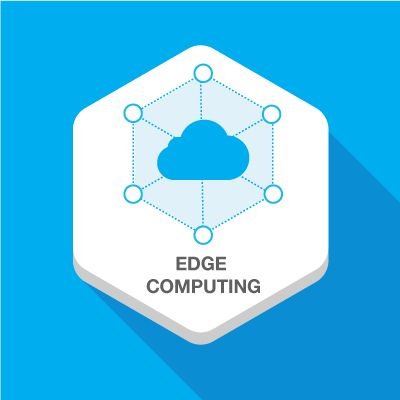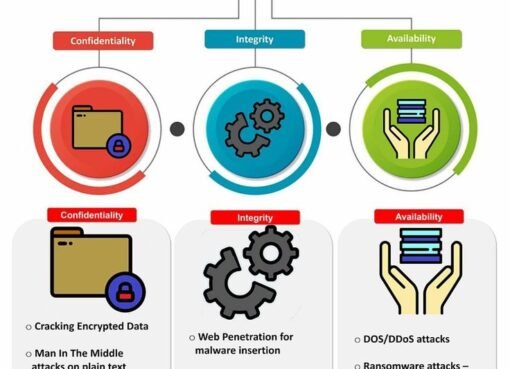Cloud vs. Edge Computing: What Businesses Need to Know Today

As digital transformation accelerates, businesses must choose the right infrastructure to process, store, and analyze data efficiently. Cloud and edge computing represent two complementary yet distinct approaches. Understanding their differences, benefits, and limitations is essential for making informed decisions aligned with operational needs and customer expectations.
What Is Cloud Computing?
Cloud computing refers to delivering computing services — such as servers, storage, databases, and software — over the internet. Resources are hosted in centralized data centers operated by providers like AWS, Microsoft Azure, and Google Cloud. This model offers scalability, flexibility, and cost-efficiency by eliminating the need to maintain physical hardware on-site.
What Is Edge Computing?
Edge computing processes data closer to its source — at or near devices like sensors, IoT nodes, or local servers — rather than sending it to a distant cloud. This minimizes latency, reduces bandwidth consumption, and improves response times, making it ideal for applications requiring real-time analysis.
Key Advantages of Cloud Computing
- Scalability on Demand: Businesses can quickly scale resources up or down based on workload, paying only for what they use.
- Global Accessibility: Data and applications are available from anywhere, supporting remote teams and distributed operations.
- Advanced Services: Cloud providers offer AI, machine learning, and analytics tools that may be costly or impractical to deploy in-house.
- Lower Maintenance: Providers handle updates, security patches, and hardware failures, allowing IT teams to focus on strategic initiatives.
Key Advantages of Edge Computing
- Low Latency: Processing data at the edge significantly reduces delays, critical for applications like autonomous vehicles, robotics, and industrial automation.
- Improved Reliability: Local processing ensures continued operation even if internet connectivity to the cloud is lost.
- Data Privacy: Sensitive data can remain on-site, helping meet regulatory requirements and reduce risk.
- Bandwidth Efficiency: Reduces the need to transmit large volumes of raw data to central servers, lowering costs and easing network congestion.
When to Choose Cloud Computing
Cloud computing is well-suited for workloads that are not time-sensitive and require high storage capacity or advanced analytics. Examples include:
- Hosting websites and applications
- Large-scale data analysis
- Software-as-a-Service (SaaS) delivery
- Backup and disaster recovery
Its flexibility makes it an attractive option for organizations with fluctuating demands or global operations.
When to Choose Edge Computing
Edge computing excels in scenarios where immediate data processing is critical or where connectivity to centralized servers is unreliable. Common use cases include:
- Real-time monitoring in manufacturing
- Smart city infrastructure
- Autonomous vehicles
- Retail in-store analytics
For businesses with IoT deployments or operations in remote areas, edge computing can deliver the necessary speed and resilience.
Hybrid Approaches Are Emerging
Many enterprises now adopt a hybrid model, combining the scalability of cloud with the speed and autonomy of edge. This approach enables them to process critical data locally while leveraging the cloud for storage, analytics, and less urgent tasks. Advances in 5G and distributed cloud architectures are making hybrid strategies more practical and cost-effective.
Final Thoughts
Both cloud and edge computing have distinct strengths, and the optimal choice depends on specific business requirements, regulatory constraints, and performance expectations. Forward-looking organizations increasingly integrate both to create flexible, efficient, and resilient infrastructures.
Understanding how each approach aligns with your goals ensures you can harness their full potential to deliver better services, reduce costs, and remain competitive.
If you’d also like, I can draft a meta description, suggest a keyword cluster, and recommend internal links to enhance SEO performance further. Let me know!



